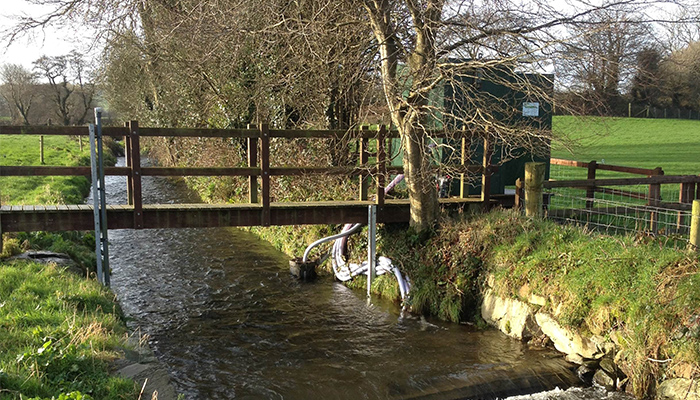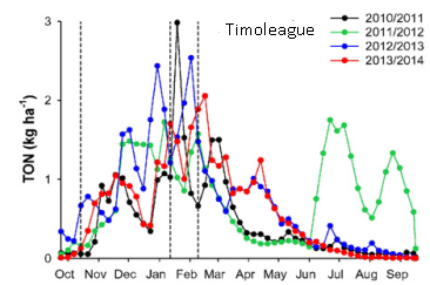19 October 2021
Nutrient Loss & the Closed Period for Spreading Manure

The regulated closed period for spreading organic manures is often a source of frustration and annoyance for farmers. This is not surprising given the cost of manure storage and variation in Irish weather. Edward Burgess, Teagasc explains the research supporting the closed period restrictions

Nitrate Action Programme (NAP)
Edward Burgess, Catchment Science Specialist explains that dry periods with relatively good ground conditions can occur during the closed period, followed by heavy rainfall and wet soils just as the date arrives allowing slurry spreading to take place. This naturally causes people to question the logic behind such “calendar” based decisions. He goes on to demonstrate that….
The results of 4 years research by the ACP investigating the seasonality of nutrient loss to rivers in five catchments is summarised here, and support the restriction of manure application during the closed period.
- Soils with zero Soil Moisture Deficit (SMD) are able to carry nutrients to streams in drainage or surface run-off rapidly and are high risk. To identify these periods of high risk, the times when average weekly SMD ≤ 0 was calculated on both well drained and poorly drained soils in each catchment. There are some weeks during the closed period when soil moisture conditions are favourable, but on the heavier soils, in four of the catchments SMD was ≤ 0 for nearly all the time from weeks 2 – 3 of the closed period until the end of February.

Fig. 1. % of time weekly SMD ≤ 0 on poorly and well drained soils.
- Storm events are responsible for delivering a large proportion of annual nutrient loss to watercourses.
- Nutrient losses can be divided into two sources, (a) from soil nutrient stores that were not utilised by a growing crop and (b) from recently applied manures. Recently applied fertilisers can of course become incorporated into soil and add to the former source.
- Trial plots have shown P loss to water following specific storm events increased by 35% where slurry was applied.
- Annual catchments P loss was between 0.28 and 1.17 kg/ha (average 0.76 kg/ha).
- Annual N loss was between 9.6 and 34.8 kg/ha (average 23.2 kg/ha).
- 43% of total P loss (33-55% across catchments) was during the closed period.
- 45% of total N loss (36-56% across catchments) was during the closed period.
- The 3 month closed period is ca. 25% of the year, hence disproportionate losses. Any additional manure application during this period could increase this loss.
- Nutrient loss in the four week period before the closed period (autumn) was much less than following the closed period (spring). This reflects the soil conditions (wet) rather than the application of manure.
- There are occasions where significant nutrient loss occurs during the open period, following high rainfall summer storms.

Fig. 2. Weekly Nitrate loss over four years. The dotted black lines (——-) represent the closed period beginning and end dates as well as the adjacent for week period before and after.
Reference: M. Shore et al., Science of the Total Environment, 2016, Incidental nutrient transfers: Assessing critical times in agricultural catchments using high-resolution data
View this information here as a pdf: Nutrient Loss and the Closed Period for Spreading Manure
For more information see Agricultural Catchments
Read more here about Agriculture and Water Quality
